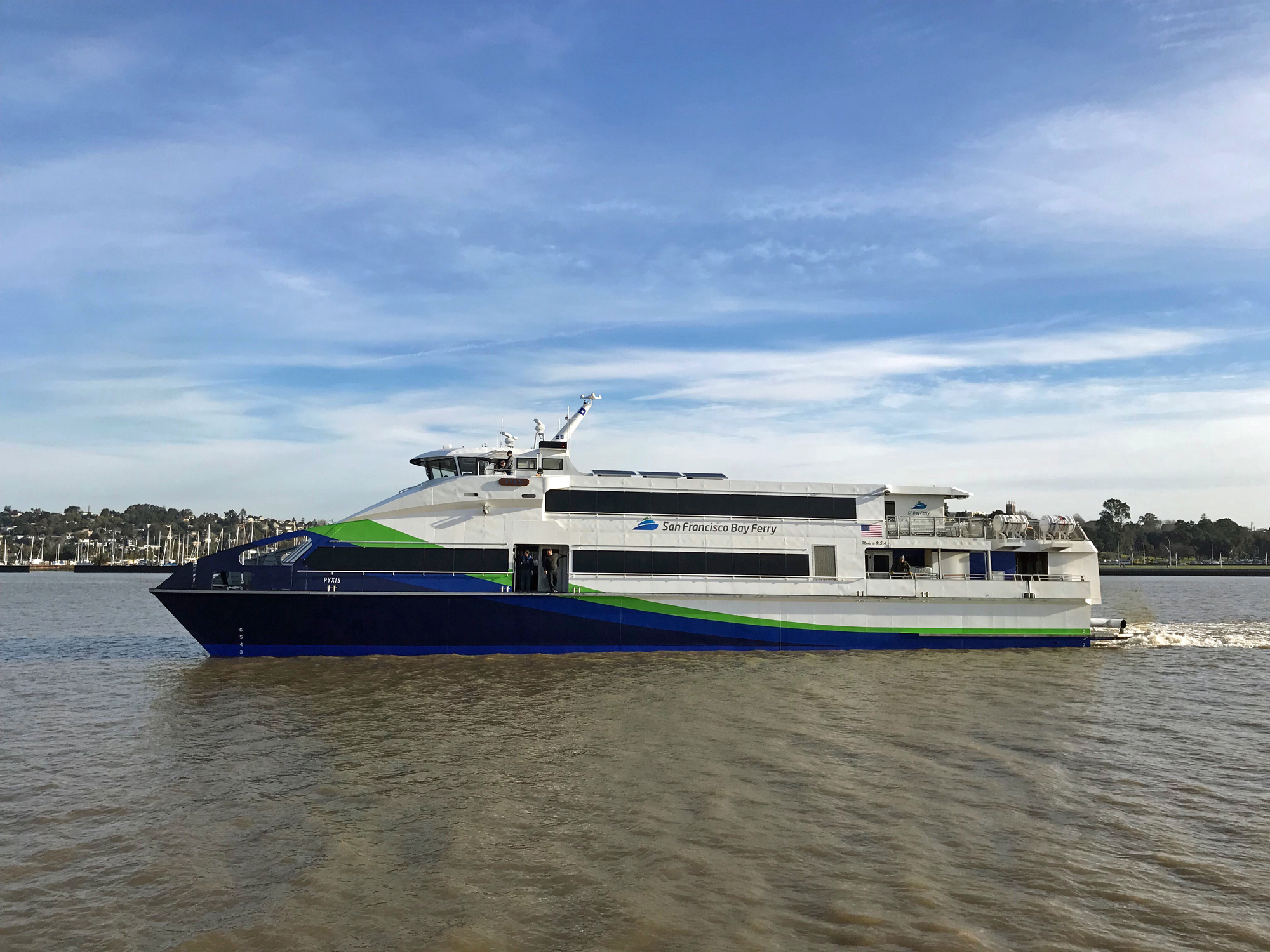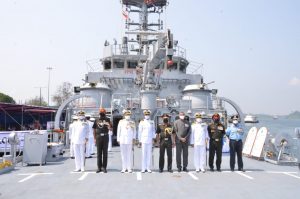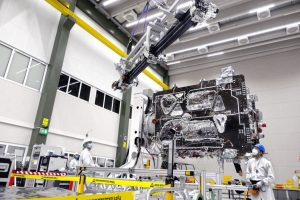
Rolls-Royce receives EPA Tier 4 certification for mtu marine propulsion systems
NEW DELHI: Rolls-Royce has received EPA Tier 4 certification for its mtu propulsion systems based on its Series 4000 M65L 16-cylinder diesel engines.
“This means we have climbed to the king’s class of emissions regulations with our engines for yachts and commercial vessels. I am pleased that we can now offer our customers these clean and powerful propulsion packages,” said Denise Kurtulus, head of marine business at Rolls-Royce’s Power Systems division.
The U.S. EPA Tier 4 regulations are considered the most stringent emissions standard for marine applications, requiring the propulsion system to have very low particulate and nitrogen oxide emissions throughout its lifecycle. Rolls-Royce is working on EPA Tier 4 approval for additional cylinder variants of the mtu Series 4000 propulsion system and is gradually bringing them to market.
Since 2018, Rolls-Royce has already been offering the engine Series 4000 propulsion systems with the international IMO III certificate, which also enables operation in special emission control areas (North American coast, Caribbean, North Sea and Baltic Sea).
Mtu propulsion system successfully tested in 10,000 hours of operation in ferries and tugs
Rolls-Royce has successfully tested the mtu propulsion system, which includes the engines and SCR exhaust aftertreatment, during test bench runs and around 10,000 hours of operation in ferries and tugs operated in the U.S. by the San Francisco Water Emergency Transportation Authority (WETA) and Foss Maritime.
“Thanks to the great cooperation with our customers, we were able to collect the necessary data to reach this milestone. All voyages to date with the total of 10 mtu propulsion systems have been satisfactory. Customers can rely on our engines,” explains Christof von Bank, who is responsible for marine sales in the U.S. at Rolls-Royce.
CO2 and pollutant emissions, performance and fuel consumption of engines improved
Through further developments in the engines’ turbocharging, combustion process and fuel injection, combined with the new mtu-SCR exhaust aftertreatment system, Rolls-Royce reduced nitrogen oxide emissions by 75 percent compared to IMO II requirements and particulate emissions by 65 percent compared to EPA 3, without the use of a diesel particulate filter. Fuel consumption has been reduced compared to the previous generation of engines (to as low as 190g/kWh) and so have CO2-emissions. For use in heavy-duty workboats, Rolls-Royce increased engine power to up to 160 kilowatts per cylinder.
Mtu engines have been powering the first EPA Tier 4-compliant ferries in the U.S.
WETA is already operating three high-speed ferries in San Francisco Bay with the new mtu propulsion systems, testing their emissions performance among other things. The 34-knot aluminum catamaran Pyxis, which entered service in 2019, was the first passenger ferry in the United States to field test the EPA Tier 4-compliant mtu engines. The largest tug shipping company on the U.S. West Coast, Foss Maritime, has already commissioned three of four new tugs with EPA Tier 4-compliant field test mtu propulsion systems. They will escort the largest tankers and container ships calling at U.S. West Coast ports in Los Angeles/Long Beach and San Francisco Bay with their 82-ton bollard pull.

